SPOTLIGHT IN-DEPTH
UN report on antimicrobial resistance in the environment sparks warnings of ‘slow disaster’ by local scientists
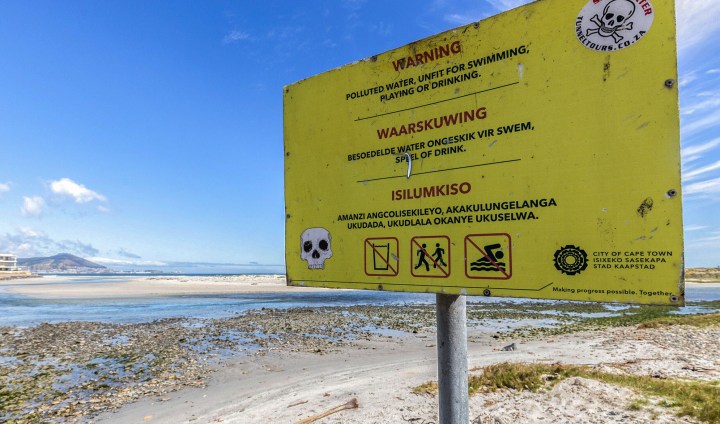
South African scientists have echoed serious concerns flagged in a recent UN Environmental Programme report on the growth of antimicrobial resistance in the environment.
A recent United Nations report, Bracing for Superbugs: Strengthening environmental action in the One Health response to antimicrobial resistance, has put the spotlight on the growing spread of antimicrobial resistance (AMR) in the environment. Several serious concerns flagged in the report, issued by the UN Environmental Programme, have now been echoed by leading South African scientists.
Antimicrobials – including antibiotics, antifungals, and antiseptics – are essential for reducing infectious diseases in humans, animals, and plants. But the UN agency reports that several of these treatments no longer work because of antimicrobial resistance.
The World Health Organization rates AMR in humans and animals as one of the top 10 threats to global health. Estimates suggest that by 2050 up to 10 million deaths could occur annually.
“If not dealt with, AMR could also significantly affect agricultural production, again affecting economies and food security, and low-income and lower-middle-income countries will bear most of the burden,” reads the report. “If unchecked, AMR could shave $3.4-trillion off GDP globally annually and push 24 million more people into extreme poverty in the next decade.”
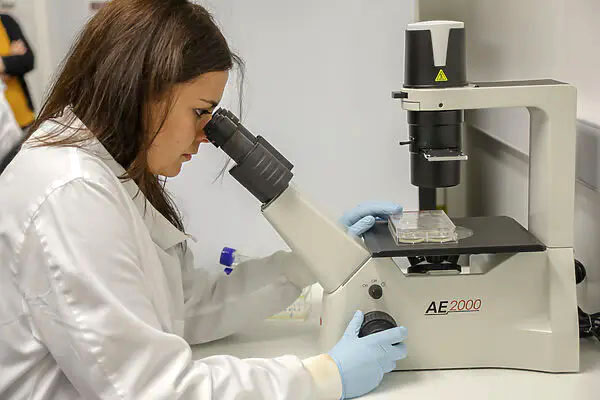
The World Health Organization rates AMR in humans and animals as one of the top 10 threats to global health. (Photo: Will Crowne / DFID / Spotlight)
Neglected area
According to the UNEP report, global attention to AMR has focused mainly on the human health and agriculture sectors, and on the overuse and misuse of antibiotics. However, environmental pollution has proved also to be a major factor in the development, transmission and spread of antimicrobial resistance which, it says, has reached dangerous levels.
The report calls for stronger, multisectoral measures to reduce the spread of AMR in the environment through reducing the release of antibiotics, drug-resistant pathogens and other pollutants into the environment.
“AMR can occur naturally or can be acquired. Increased use and misuse of antimicrobials and other microbial stressors, such as pollution, create favourable conditions for microorganisms to develop resistance both in humans and the environment from sources such as sewage. Bacteria in water, soil and air, for example, can acquire resistance following contact with resistant microorganisms,” the report reads.
“The environmental dimensions of AMR include pollution from hospital and community wastewater, effluent from pharmaceutical production, run-off originating from plant and animal agriculture, and other waste releases. These may contain not only resistant microorganisms but also antimicrobials, various pharmaceuticals, microplastics, metals and other chemicals, which all increase the risk of AMR in the environment.”
Read more in Daily Maverick: Antimicrobial-resistant bacterial infections are a major public health threat for Africa
The report calls on countries to adopt the “One Health” approach, which recognises that “the health of people, animals, plants and the environment are closely linked and interdependent” to successfully address AMR. While some countries have already adopted this approach and have incorporated environmental-related aspects into their national action plans to deal with AMR, more than one-third of countries do not include the environment in those plans.
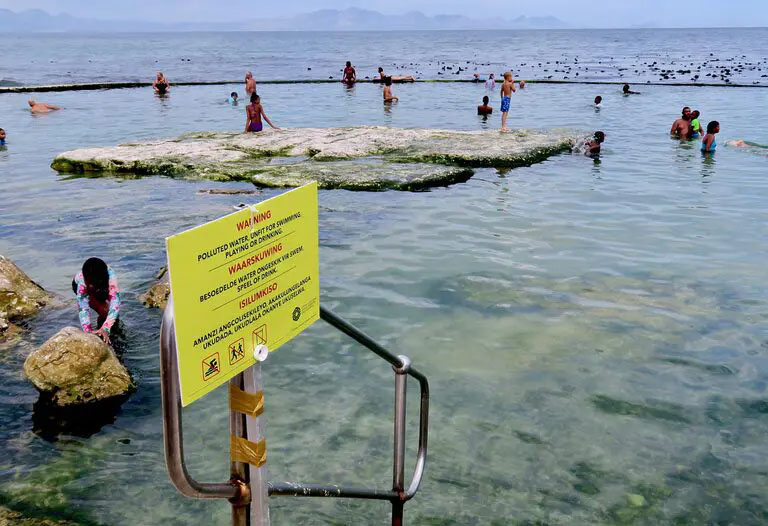
If unchecked, antimicrobial resistance could shave $3.4-trillion off GDP globally annually and push 24 million more people into extreme poverty in the next decade, a recent UN report shows. (Photo: Steve Kretzmann / GroundUp / Spotlight)
The picture in South Africa
Several South African researchers had already noted the disturbing impact of environmental pollution on antimicrobial resistance and have called for action on various related environmental issues, such as sewage pollution of waterways and the sea off various coastal towns and cities that pump their raw sewage – often containing antibiotics and other pharmaceuticals as well as drug-resistant microorganisms – into the sea.
The issue is flagged in South Africa’s National Antimicrobial Resistance Strategy Framework. The framework acknowledges antimicrobial resistance as “a major threat to the long-term security of public health” and “a serious and growing global health security risk, which needs to be prioritised at local and international levels”. One of its strategic objectives is to “strengthen, coordinate and institutionalise interdisciplinary and intersectoral efforts through, among other things, the establishment of an interdisciplinary National Advisory Committee”. A further objective is to “improve the appropriate use of diagnostic investigations to identify pathogens, guide patient and animal management and ensure good-quality laboratory systems”.
Other objectives include the optimisation of surveillance and early detection of AMR; enhancement of infection prevention and control; promotion of appropriate use of antimicrobials in humans and animals; and legislative and policy reforms for strengthening health systems.
Warning from local scientists
Dr Jo Barnes, an epidemiologist, water consultant and retired lecturer in community health at Stellenbosch University, describes antimicrobial resistance as “a disaster that is slowly creeping up on us – and not receiving the attention it should”.
Barnes, who, for more than 25 years, has been campaigning for municipalities to take water pollution, sanitation and water-related diseases seriously, welcomes the report, saying South Africa must take heed of its warnings.
Sewage is one of the most efficient ways of carrying antibiotic-resistant organisms around… It is an unholy mix when sanitation services are poor and that stuff spreads.
“All slow disasters have one thing in common. By the time you realise this crisis is of disastrous proportions, you’re already inside the disaster,” Barnes tells Spotlight. “The UNEP report is not overstated… it’s scientifically based, and, if anything, it’s cautious. But it is long overdue.”
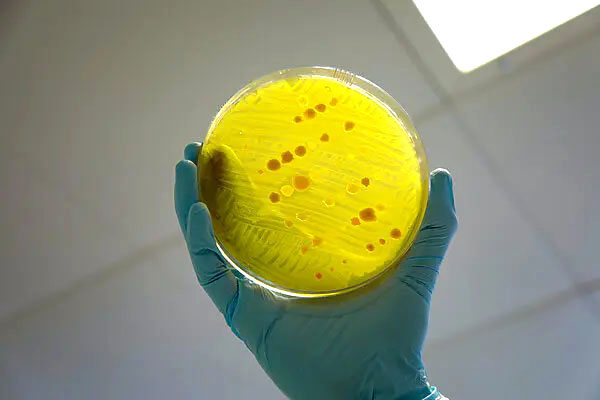
According to figures from the WISA Biennial Congress in 2018, only about 10% to 15% of South Africa’s sewerage works are functional, with more than 80% dysfunctional and spewing sewage into the environment. (Photo: DFID / wikicommons / Spotlight)
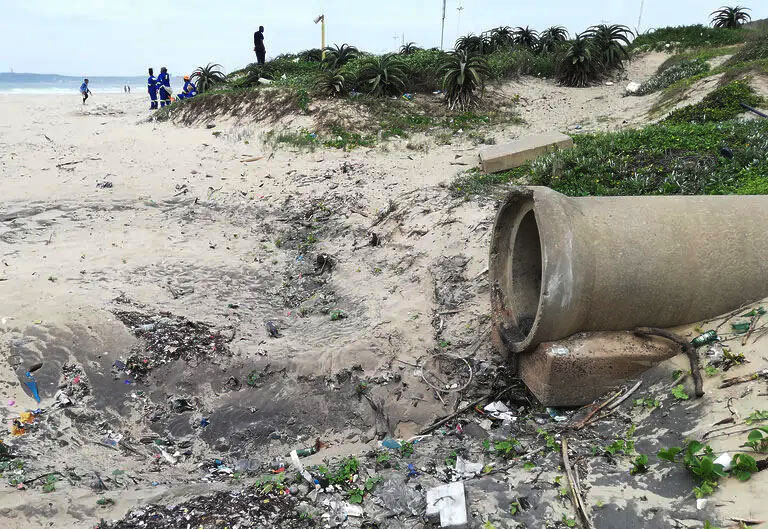
Sewage pollution of waterways and the sea off various coastal towns and cities occurs when raw sewage – often containing antibiotics and other pharmaceuticals as well as drug-resistant microorganisms – is pumped into the sea. (Photo: Benita Enoch /GroundUp / Spotlight)
With her particular focus on water, Barnes is deeply concerned about the pumping of poorly treated effluent into the country’s rivers and has often gone head-to-head with municipal and provincial officials on this issue, accusing them of denial of the problem.
Only about 10% to 15% of South Africa’s sewerage works are functional, with more than 80% being dysfunctional and spewing sewage into the environment, says Barnes (citing figures presented at the WISA Biennial Congress of 2018). “What goes in, goes out, often with almost no treatment. All of this water hits the rivers, yet virtually all our rivers are used for drinking water and for irrigation of foodstuffs – vegetables and fruits, so that’s a key route by which AMR can reach consumers.”
The Department of Water and Sanitation’s National Green Drop report 2022 also paints a concerning picture. It found 334 of the country’s wastewater systems (39% of the total) to be in a critical state (see the Parliamentary Working Group’s record of the parliamentary presentation here). In a foreword to the report, Minister of Water and Sanitation Senzo Mchunu wrote: “It remains unacceptable that sewage spillages and failing wastewater treatment works are detrimentally impacting our environment as well as the livelihood and health of many of our communities on a daily basis in the year 2022.”
Read more in Daily Maverick: SA hospitals face worrying rise in drug-resistant bacteria and ‘superbugs’
“Sewage is one of the most efficient ways of carrying antibiotic-resistant organisms around,” says Barnes. “Whatever people suffer from in any location comes out in the sewage. If they’ve used antibiotics, it will be present in the sewage. If they have certain diseases, the disease organisms will be present in the sewage. It is an unholy mix when sanitation services are poor and that stuff spreads – and, on top of this, we know that, in Cape Town (and some other municipalities), a lot of that stuff is being pumped into the sea.”
Antibiotics in the ocean
Leslie Petrik, emeritus professor in the Department of Chemistry at the University of the Western Cape, points out that in the course of research done in the South Africa-Norway Cooperation on Ocean Research study, researchers found sewage-related chemicals, including antibiotics such as sulfamethoxazole in the tissues of mussels, limpets, starfish, sea urchins and snoek, as well as in critically endangered penguins. “Antibiotics are also present in all of the species of seaweed we tested,” Petrik says.
“It is the most horrifying picture you can imagine. Some of these chemicals are what are called ‘forever chemicals’. They just don’t break down.
“The penguins we have tested are contaminated with these chemicals, including the antibiotic sulfamethoxazole [which] is used to treat many different infections, including middle ear and urinary tract infections, respiratory infections such as bronchitis, and intestinal infections such as dysentery. When the people at Sanccob and at Seal Rescue rescue injured penguins and seals, they often find that they have wounds or infections that are not responding to the usual antibiotics. Whatever microbes are attacking them are resistant.”
What came first?
Professor Sabiha Essack, South African Research Chair in Antibiotic Resistance and One Health and professor in Pharmaceutical Sciences at the University of KwaZulu-Natal, says the UNEP report is “a wake-up call to say we are not working as hard on the environmental dimensions of AMR as we should and that it is imperative that the environmental components are equally addressed as are human and animal aspects”.
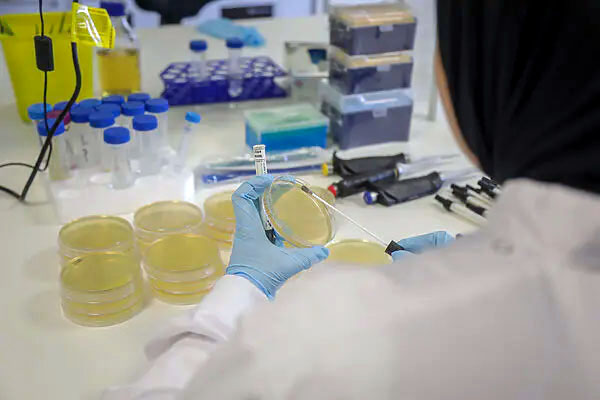
Researchers have found sewage-related chemicals, including antibiotics such as sulfamethoxazole, in the tissues of mussels, limpets, starfish, sea urchins and snoek, as well as in critically endangered penguins. (Photo: Will Crowne / DFID / Spotlight)
To date, the environment had been the neglected component in the one-health triad, with most work having been done on human health and animal health.
“We haven’t unequivocally shown the risk or the transmission dynamics of AMR in the environment,” she says. “We don’t know what came first – whether the resistance is evolving in the environment and then being transferred to the humans and animals, or if humans and animals are transferring resistance and chemicals into the environment, which is then causing resistance in the environment. The transmission of AMR is probably multidirectional, but the transmission dynamics and risk assessment still require research.”
Essack is doing research on wastewater as well as soil that’s been fertilised with the manure from pigs and poultry fed with antimicrobials. She is also doing environmental surveillance within wastewater close to informal settlements and hospital effluent and wastewater treatment plants, focusing on the environmental dimensions.
‘Not 100% clear’
Head of infectious diseases and HIV medicine at the University of Cape Town, Professor Marc Mendelson, who specialises in mitigating antimicrobial resistance, agrees – the UNEP report is important.
“It is patently clear that, if South Africa doesn’t take heed of this, we are missing an opportunity,” he says.
Mendelson says the report is a reminder that the environmental aspects of AMR have largely been neglected in recent decades. “Because the ultimate effect of AMR is seen in humans, what’s going on in the environment passes unnoticed or is not understood.
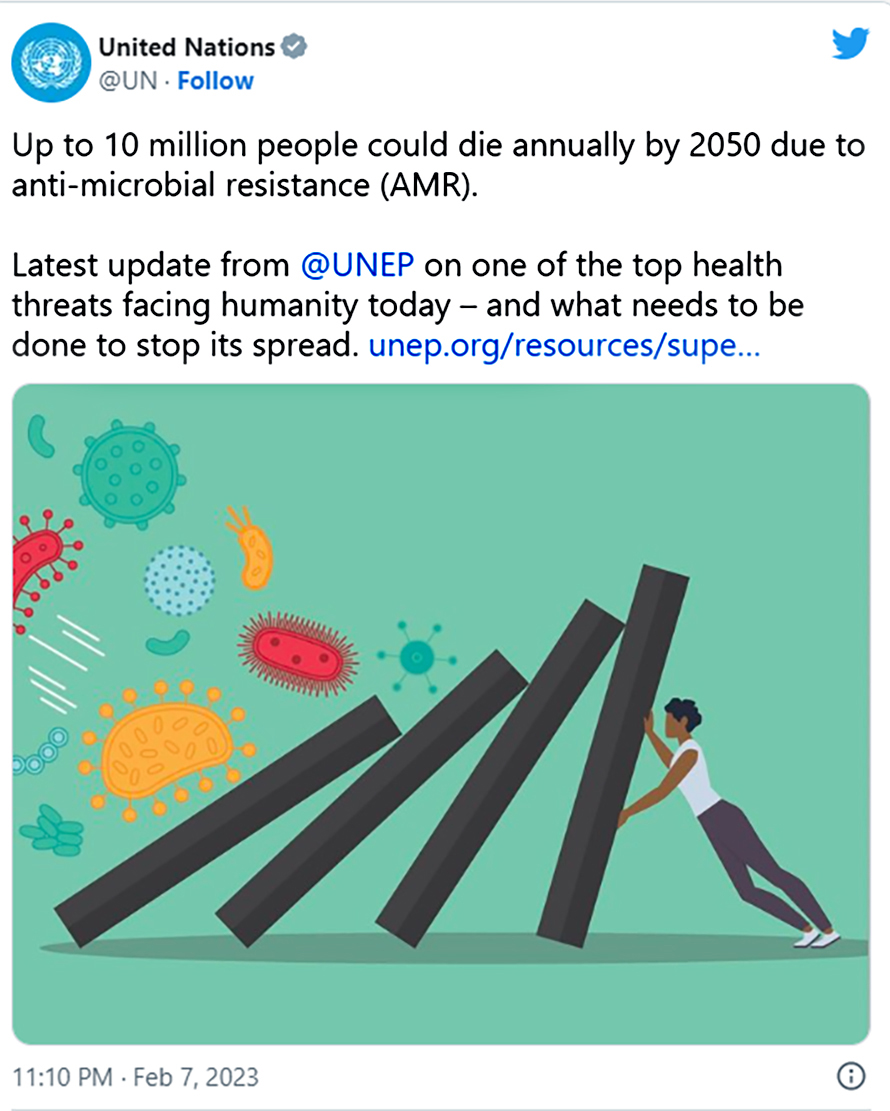
“The other reason the environment has been somewhat neglected is that although it’s absolutely clear, it is an important part of this jigsaw puzzle, what’s not 100% clear is exactly how much it contributes to infection resistance in humans.”
Mendelson says the report highlights the critical interface between AMR and climate change. “We know that climate change in all its forms impacts on the transmission of infectious pathogens, increases infections and therefore increases the use of antimicrobials which, in turn, increases antibiotic resistance in bacteria and other organisms and pathogens.”
He says that when talking about AMR, it is essential to take all three different areas – human, animal and the environment – into consideration. “The report is saying we need to bring all three of these health systems into play; that we can’t forget the environment, and that it makes sound financial sense to integrate all of this into our Sustainable Development Goals.” DM/MC
This article was published by Spotlight – health journalism in the public interest.
















 Become an Insider
Become an Insider
Comments - Please login in order to comment.